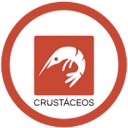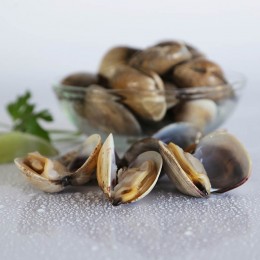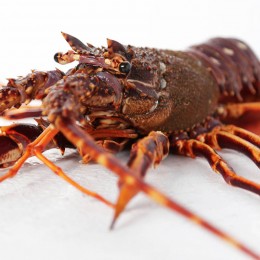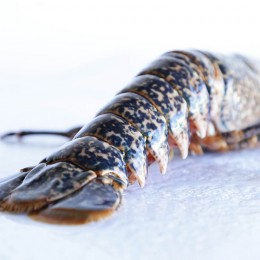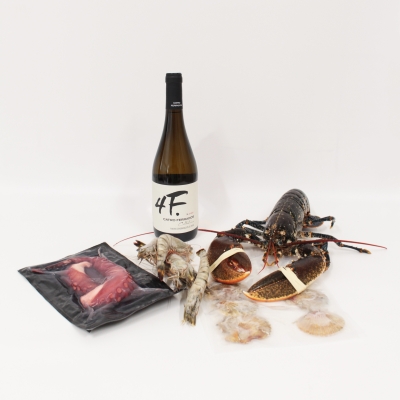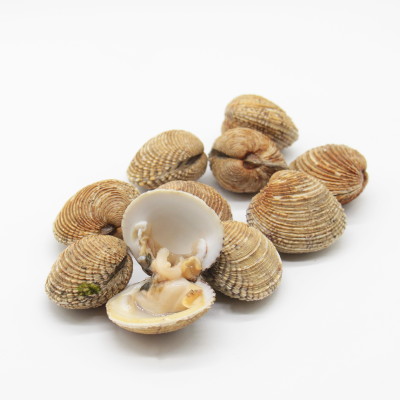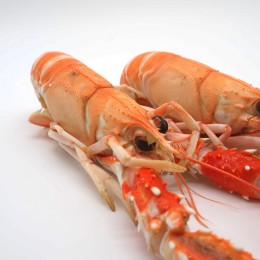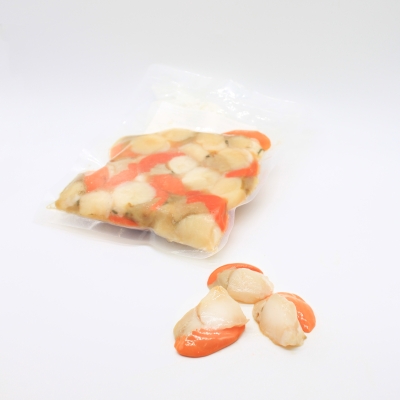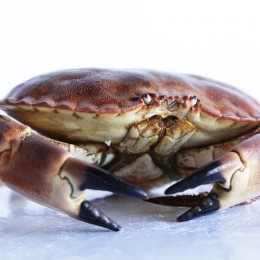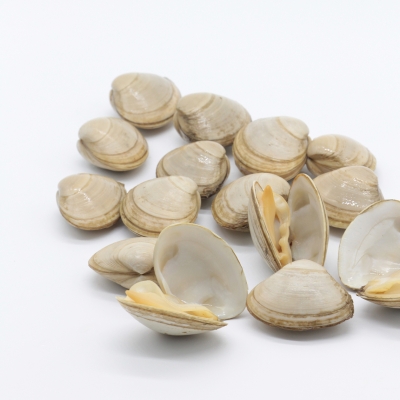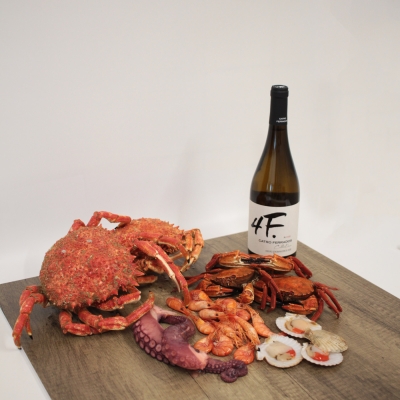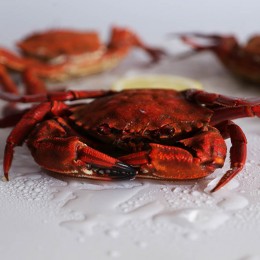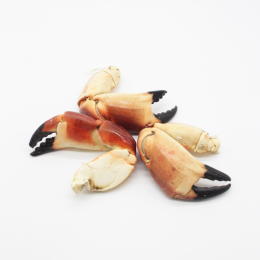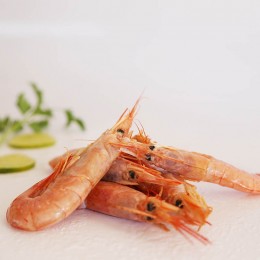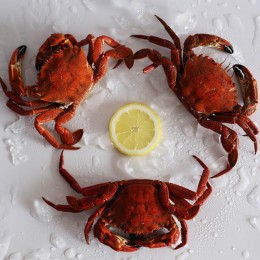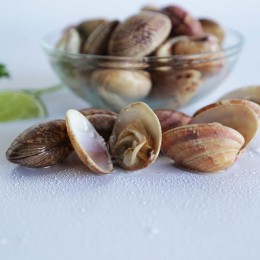The spider crab (Maia squinado) is a decapod crustacean, one of the most commercially exploited crustaceans, with a high volume of catches, mostly from the French and British coasts. It lives on rocky coastal seabeds up to a depth of 100 metres. While it doesn’t have the quality of the Galician spider crab, it’s an excellent alternative to crab from the estuary during closed season.
It has a reddish or brown shell that is triangular at the front and almost round in the back. It’s covered with a kind of thorn, on which algae, sponges, etc. attach and are used for camouflage. It also has two stronger spikes on its front edge. It has five pairs of long, hard legs.
The spider crab is rich in minerals, especially iodine and zinc. Iodine is one of the nutritional properties that helps improve our metabolism and energy levels. Zinc helps us grow and strengthens our immune system. It’s the perfect food to combat fatigue.
To cook, add plenty of salted water to a pot, and when this starts to boil, submerge the crab. From the moment it boils again, it will take between 20 and 25 minutes to cook, depending on the size. When cooked, remove it from the pot and allow it to cool.
Then open the body and remove the inedible grey layer. The legs should be eaten one at a time, breaking them with a dedicated shellfish utensil and patiently extracting the meat. The entire interior of the shell can be scraped out, known as the “cacho” in Spanish, and together with the juice it contains, can be made into a kind of paste ready for eating directly with a spoon.
Some people like to prepare it “txangurro”-style, a typical recipe from Basque gastronomy.
Name: Spider crab (Maia Squinado)
FAO 3-alpha code: SCR
Catch or farming area: FAO-27
Sub-area: To be specified at time of delivery
Method of production: Captured
Fishing gear: Pots
Store between: 0-4°C
IMPORTANT: The net quantity and expiry date of the product shall be specified at the time of delivery.


